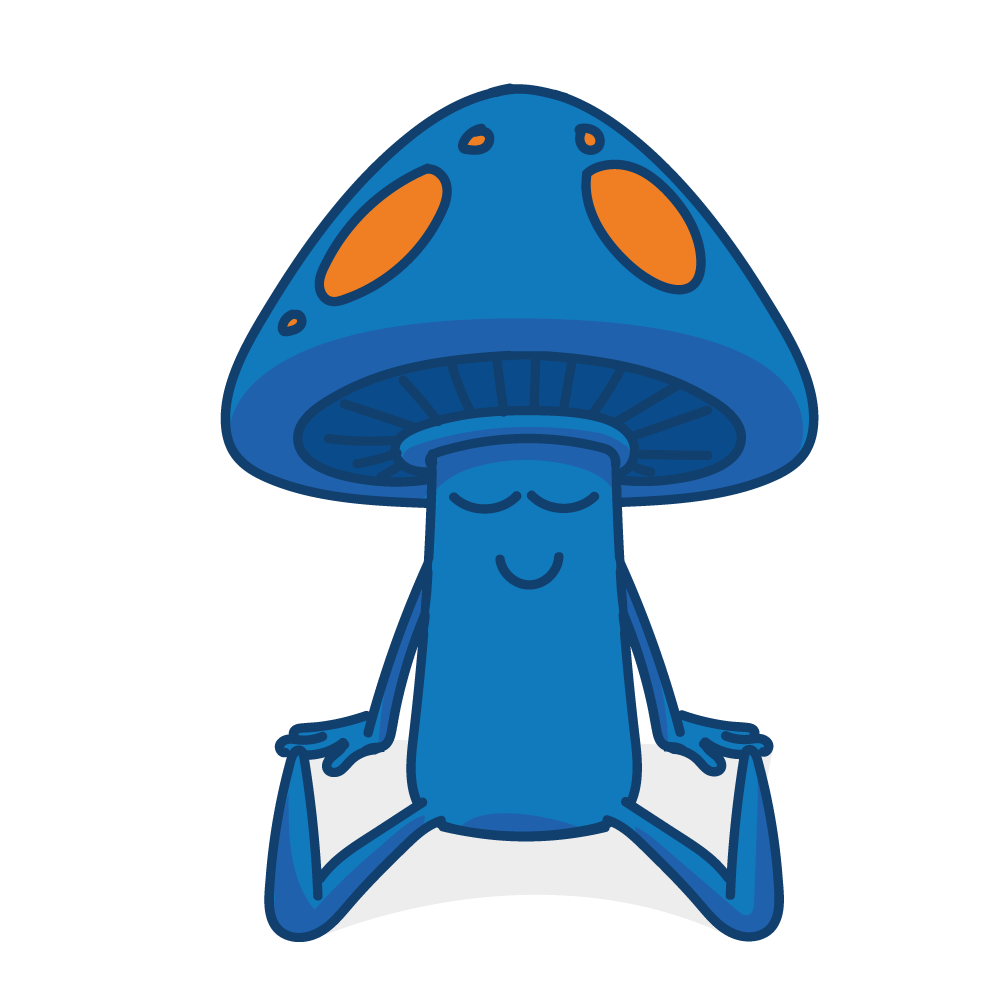Early Life
Andrew Thomas Weil was born on June 8th, 1942 in Philadelphia. An only child, brought up Reform Jewish, his parents ran a millinery shop. After graduating from high school in 1959 he was granted a scholarship from the American Association for the United Nations. This gave him the opportunity to travel abroad and live with families in Greece, India and Thailand. The experience opened his eyes. Soon, he became sure that American culture and sciences were isolated from, and ignorant of, non-American practices. He believed there was much to be learnt from integration and learning from other cultures.
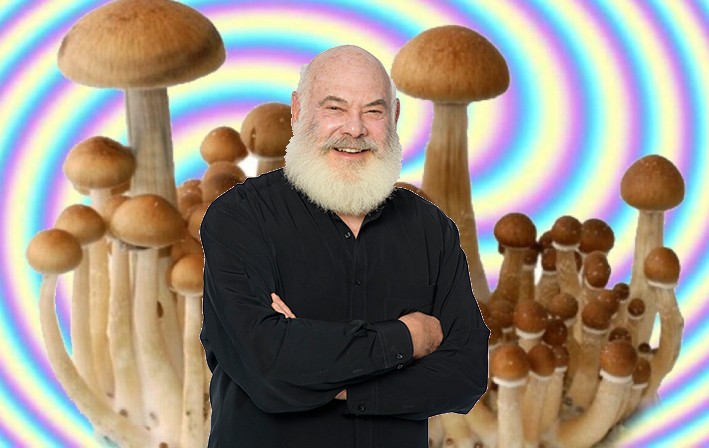
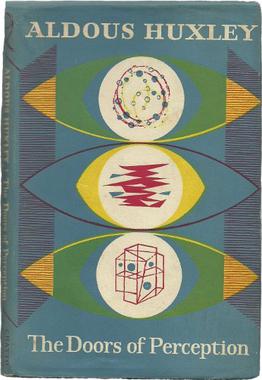
It was also around this time that he began to become interested in psychedelics. He had heard stories of mescaline, and its ability to produce insightful, spiritual experiences and enhance creativity. He soon read the iconic psychedelic text The Doors of Perception by Aldous Huxley, and, like many before and after him, his mind was opened.
Mingling With Psychedelic Icons at Harvard
He began his studies at Harvard University in 1960, majoring in biology with a special focus on ethnobotany. Ethnobotany is the study of human interactions with plants, their uses, indigenous practices and knowledge. At this time future psychedelic icons Timothy Leary and Richard Alpert (Ram Dass) were the current Harvard psychologists. As a kid with an interest in psychoactive drugs Weil surely couldn’t have hit the jackpot harder. He was also experimenting independently with psilocybin and mescaline at this time. His undergraduate thesis was titled “The Use of Nutmeg as a Psychotropic Agent”.
He then entered the prestigious Harvard Medical School. Unlike many of his peers Weil did not intend to become a physician, rather, he knew he needed a medical education for his future plans. He graduated in 1968, though not without controversy. The University almost withheld his degree due to the fact Weil had “helped conduct” a marijuana study in his final year. A few years later he would leave a program at NIH early due to their “official opposition to his work with marijuana.”
Subsequently Weil spent a year with the National Institute of Mental Health to follow up on his goal to research marijuana and other drugs. During this time, it is thought he received formal permission from the institution to procure marijuana for his research.
The Natural Mind
In 1972, having established his practices of meditation, yoga and vegetarianism, he wrote his first book The Natural Mind. It became the first of many bestsellers. Within its pages Weil suggested that the desire to occasionally alter our consciousness is a natural and innate human drive. At this time Weil was also working with the Harvard Botanical Museum, researching medicinal and psychoactive plants, and their properties. This interest led him to learn about the healing practices of indigenous people. Weil journeyed around South Africa and other parts of the world recording information about traditional plant medicine and healing.

A Key Figure in Integrative Medicine
In 1994, Weil founded, and became director of, The Arizona Center for Integrative Medicine at the University of Arizona College of Medicine.
Weil is known as one of the key figures who established the field of integrative medicine. Weil defines this as;
“…a higher-order system of systems of care that emphasizes wellness and healing of the entire person (bio-psycho-socio-spiritual dimensions) as primary goals, drawing on both conventional and CAM [complementary and alternative medicine] approaches in the context of a supportive and effective physician-patient relationship.”

Which, (to you and me!) means that integrative medicine is a method of treatment that focuses on the whole person. Rather than just focusing on the illness or complaint, it seeks to also understand the causes of the condition, aiming to treat the mind, body and spirit. This is done through a combination of traditional medical treatment (drugs and/or surgery) and complementary therapies such as yoga, acupuncture or aromatherapy.
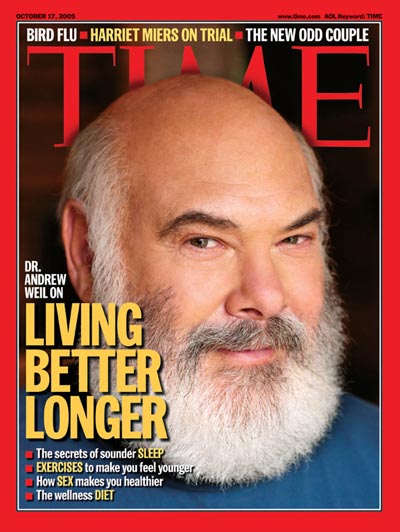
Weil Wields Influence
Since then, Weil has remained prolific. He graced the cover of Time magazine in both 1997 and 2005, and was named one of Time’s 25 Most Influential Americans in 1997, and one one of the world’s most influential people in 2005. He was inducted into the American Academy of Achievement in 1998, and in 2022 received the Integrative Healthcare Symposium Leadership Award.
Here are some of Dr. Andrew Weil’s most famous and enduring ideas and theories:
Psychedelics Can be Used to Treat Allergies
Weil believes that psychedelics such as psilocybin and LSD can rewire our brains to treat chronic illness such as allergy. In an interview with MAPS Weil shared his experience;
“…If a cat licked me I would get hives and my eyes would swell. So I always avoided them. Then, one day when I was twenty-eight, I took LSD with some friends. It was a perfect day. I was in a wonderful state of mind, feeling totally relaxed and at one with everything, and a cat jumped into my lap. My immediate reaction was to be defensive, and then I instantly thought, well, here I’m in this state, why don’t I try to pet the cat. So I petted the cat and I had no allergic reaction. I spent a lot of time with it, and I’ve never had an allergic reaction to a cat since. “
The 4-7-8 Breathing Technique
The 4-7-8 breathing technique was developed by Weil and began to be popularized around 2015. It is based on an ancient yogic technique called pranayama. The technique aims to release stress and help you to fall asleep faster.
On Weil’s website the technique is explained as such;
- Exhale completely through your mouth, making a whoosh sound.
- Close your mouth and inhale quietly through your nose to a mental count of four.
- Hold your breath for a count of seven.
- Exhale completely through your mouth, making a whoosh sound to a count of eight. This is one breath.
- Now inhale again and repeat the cycle three more times for a total of four breaths.
(via drweil.com)

Mushrooms are Magic
Now here’s one we wholeheartedly agree with. Weil is a mushroom mega-fan, of both the psychedelic, and non psychedelic variety. On his website he writes;
“I am a passionate mushroom enthusiast, enjoying everything from hunting and identifying them to cooking and enjoying the rich, unique flavors that mushrooms offer up. I am also a big fan of using them in supplement form for immune support.”
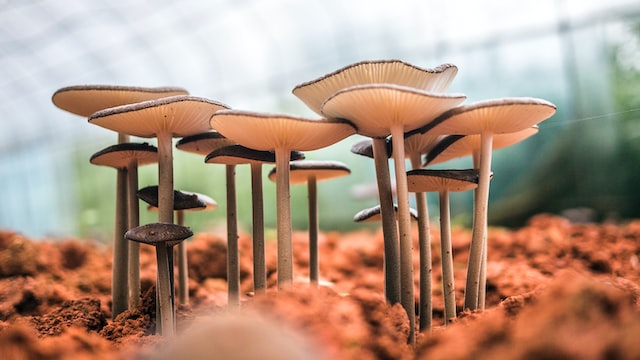
Additionally Weil was one of the first to adopt mushrooms as a revolutionary ingredient in skincare. He helmed one of the first mushroom skincare products in collaboration with Origins in 2005.
Showing his psychedelic credentials, he even had a psilocybe mushroom named after him in 1995, the Psilocybe weilli, in honor of his mushroom research.
Psychedelic Therapy is the Future of Mental Health Care
Weil is a strong advocate for psychedelic assisted therapy, and has been for many years. In 2006, he told David Jay Brown in an interview, that his use of psychedelics had made him “very much aware…of the profound influence of consciousness on health,” and that they have the potential to be used as “teaching tools to show people that you can change chronic patterns of illness.” In a 2019 interview on the MAPS podcast he told Zack Leary “…experiences on psychedelics can… give you glimpses of the possibility of experiencing what’s going on in your body in different ways [which] can then motivate you to find other ways of maintaining those experiences.”
Additionally, in an interview with MAPS he shared that he believes psychedelics could be key to understanding consciousness itself;
“Psychedelics can show you possibilities…. So I think they’re potentially tremendous teaching tools about mind-body interactions and states of consciousness.”
